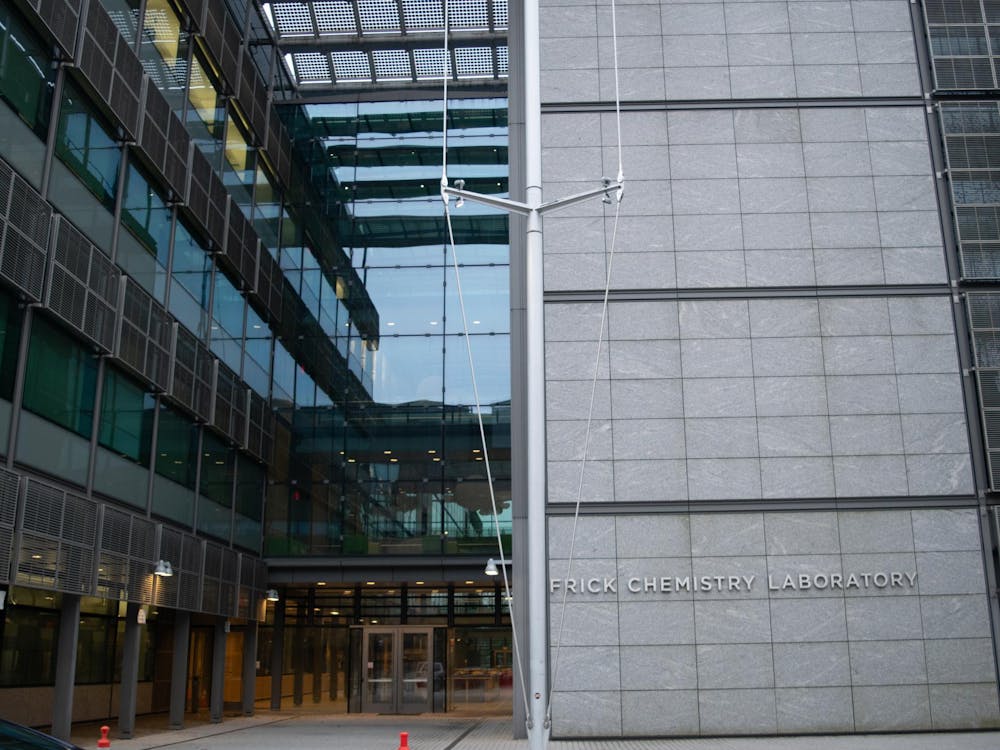The Princeton Energy Plant, which provides electricity, steam and chilled water to the University campus, allows the University to take positive steps toward reducing its carbon footprint and energy-related costs.
Plant manager Ted Borer explained that the plant is operated by a gas turbine that spins a power turbine which powers an electric generator. Rather than simply expelling excess heat, the co-generation plant harnesses its exhaust to make steam for campus use. He noted that because of this harnessing, the plant can achieve efficiency between 70 and 80 percent compared with efficiencies of 25 to 40 percent for central power plants.
“We are able to much, much more cost-effectively deliver electricity and steam to the campus than if we made it separately — if we bought electricity and just made steam,” Borer said.
Executive Director of Engineering and Campus Energy Thomas Nyquist noted that the plant can also serve as a backup in cases such as Hurricane Sandy, when the public service electricity was not available from the grid.
Borer explained that the plant’s efficiency is enhanced by its economic dispatch system, which measures the real-time efficiency of the plant in comparison to the cost of purchasing energy from the grid. According toits webpage the cogeneration plant usually supplies about half of the University’s electricity needs because purchasing electricity is sometimes more economical than generating its own power.
“An economic dispatch system … is one of the things that sets Princeton apart,” Borer said.
The dispatch system also contributes toward the University’s goal of reducing emissions to 1990 levels by 2020 without the purchase of carbon offsets, as stated in the Princeton University Sustainability Plan. A carbon offset is an action made to counteract the effects of global warming rather than mitigate them. The co-generation plant earned a 2007 EPA Energy Star Award for its reduction of 18,000 metric tons of carbon dioxide emissions.
Borer explained that emission reductions occur because the University purchases power at times when there is less demand on the grid, such as in the middle of the night, thus lowering the load on the power grid and reducing inefficiencies. Additionally, Borer explained that the energy purchased during these periods of low demand is produced by nuclear, hydro-electric and combined-cycle natural gas plants and tends to have lower marginal cost.

Nyquist noted that although the cogeneration plant is efficient and has improved the University’s carbon footprint, it consumed a very large amount of fuel this past winter. He explained that because this year’s unusually cold weather resulted in a very high demand for natural gas, the University had to use diesel instead.
“It’s a lot of oil, and I’m not sure people are aware of how much oil we consume,” Nyquist said, noting that the University can burn several trucks full of diesel on a very cold day.
The University is looking at ways to improve, Nyquist said, noting as examples controlling the load on the gas compressor and renovating pumps at the chilled water plant, the largest share of the University’s energy use.
“We are continuing to squeeze the plants for efficiency,” Nyquist said. “When these projects are done we will be pretty much strapped down"








